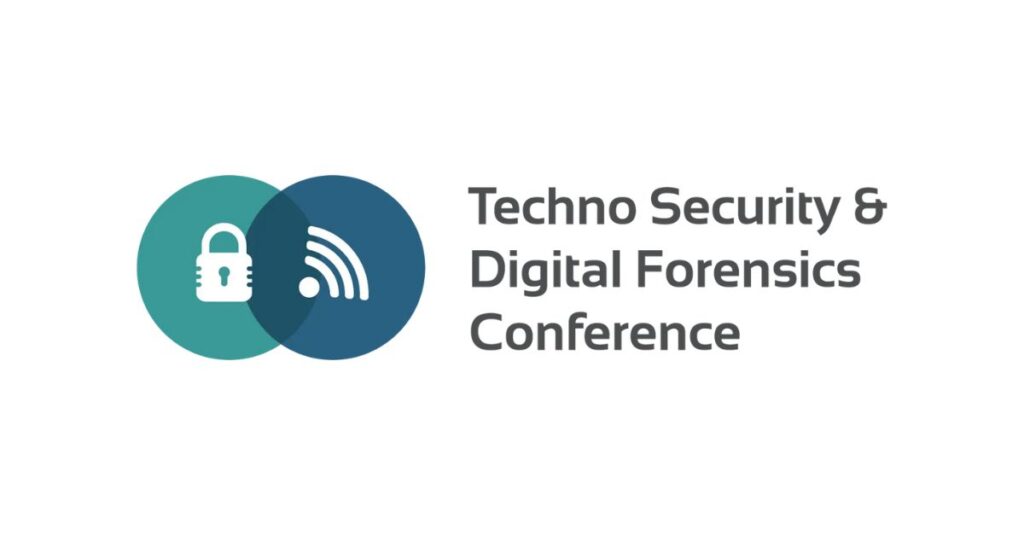
Gilbert Segura
VP of Product & Technology at PGLS
The future of investigations is here, and it’s bringing a host of cutting-edge technologies to the table. From neural machine translation (NMT) to augmented reality (AR), professionals are finding new ways to uncover, recreate, and analyze evidence. This year’s Techno Security West conference offered a unique opportunity to dive into these advancements, and our VP of Product and Technology, Gilbert Segura, was at the forefront of the discussion.
Meeting the Global Investigative Community
At Techno Security West 2024, professionals from around the globe gathered to explore emerging technologies. Law enforcement, federal investigators, and commercial forensic experts joined us from Los Angeles, Taiwan, the Netherlands, and beyond. Their mission? To better understand how tools like NMT, large language models (LLM), and AI intersect in their work.
One common theme emerged: language capabilities are often an afterthought in investigative and forensic tools. Whether they’re tackling a local case or handling an international investigation, many investigators admitted that they rarely get language resources at the start of their analysis. Yet in a globalized world where criminal activity knows no borders, the need for accessible language solutions is becoming increasingly clear.
"Security, accountability, and accuracy drive this industry because there’s a lot at risk. When language capabilities are overlooked, it can lead to critical delays that impact success."
Gilbert Segura
Analysts and law enforcement need to hit the ground running and delays due to language barriers can be detrimental.
SLIDE: Bridging the Language Gap
Gilbert presented alongside Steve Braich, who introduced SLIDE, the Spoken Language IDentification Environment, and one of the only products designed to address this specific need. During the session, which despite being the last session on the last day, attracted 50+ attendees and the team conducted live demos showcasing SLIDE’s ability to identify and transcribe languages like Spanish, German, and French—in real-time.
In a memorable moment, Gilbert even tried his hand at Russian, though it quickly became apparent that his single semester of Russian from years ago wasn’t enough to convince the system! “It was a fun moment,” Gilbert shared, “It was horribly terribly bad, and we all got a good laugh about how my Russian accent is so disjointed that it was heard as Arabic, Korean and Greek which the system decided to also show as the broken universal character �” Despite not having understood that language-salad correctly, the audience appreciated the capabilities demonstrated, and the session highlighted the importance of having real-time multilingual support for many purposes.
The Power of Integration: Tools for the Modern Analyst
Beyond language identification, the session explored how emerging tools like LLMs and automatic speech recognition (ASR) are being integrated into workflows. With advances in multimedia integration, crime scene reconstruction is evolving rapidly. Investigators can now capture video or audio footage and translate it into multiple languages. Transcription also allows for other analysis tools to take over as it’s a pass through to other systems—sometimes the analyst only needs a direction to follow; then they go back to their secure enclave to pursue it.
As law enforcement and investigators increasingly deal with complex, multinational cases, technologies like these allow them to analyze scenes from new perspectives. Neural machine translation (NMT) and LLMs are helping teams manage data more efficiently, allowing for faster, more accurate results.
“These technologies not only speed up investigations but also provide critical accuracy in a field where every detail counts. By leveraging multimedia tools, we’re giving investigators the power to see and understand things they otherwise might miss.”
Gilbert Segura
Addressing Key Concerns: Security, Privacy, and Speed
During the session, the speakers also tackled some of the key concerns security professionals face when using AI-powered tools. Chief among them are questions around speed and privacy. As Gilbert noted in his discussions with practitioners, cloud-based systems offer speed but often raise concerns about data security, confidentiality, and regulatory compliance. On the flip side, local deployments of tools may be slower but can provide more control over sensitive data. The SLIDE system was working offline 100% of the time during the session to demonstrate it’s local nature.
“It’s all about balance. Investigators have to weigh the speed and convenience of cloud-based tools against the need for confidentiality and control. Each case may require a different solution, and we’re here to help navigate those choices.”
Gilbert Segura
A Look Toward the Future
As the digital forensics world continues to evolve, language and technology will play increasingly important roles. Whether it’s leveraging VR and AR to view evidence or using AI-powered tools to bridge the language gap, the possibilities are endless.
PGLS is proud to be at the forefront of these innovations, helping investigators, law enforcement, and forensic teams gain access to the tools they need to succeed. As Gilbert and his team demonstrated, solutions like SLIDE are not just making investigations faster—they’re also making them more accurate and accessible to everyone involved.
Connecting with Us
Want to learn more about how PGLS is pushing the boundaries of language technology? If you weren’t able to attend the conference, connect with us to see how our solutions can transform your investigative processes. Gilbert Segura and the team will be holding a webinar next month, and we invite you to come, ask questions, and experience our demos firsthand.
